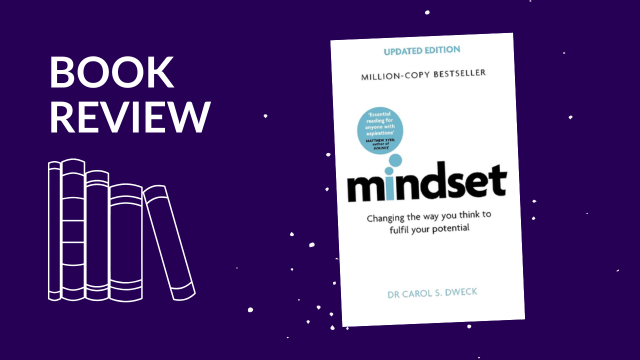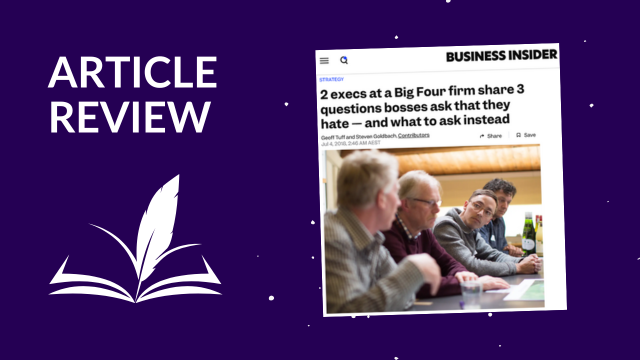For most people, talking comes naturally; most of the time we are barely conscious (if conscious at all) of the words that are about to come out of our mouths. Yet, as change practitioners, we need to be. Words matter!
A few months ago, Change Management Review Editor-In-Chief Theresa Moulton interviewed Judith Glaser, the author of Conversational Intelligence. After defining Conversational Intelligence ®, Judith went on to discuss the importance of bringing neuroscience into our conversations and discussed the three levels of conversation. As both a long-time change practitioner and a student of Judith’s, I—and my clients—have benefited from these, as well as many other, insights. Here are a few more that will advance your practice if applied consistently.
As change practitioners, we are constantly engaged with uncertainty; helping our clients face and adjust to change—guiding them from uncertainty to certainty—is at the heart of our work. Neuroscience researchers have discovered that uncertainty triggers both trust and distrust. Trust “resides” in the pre-frontal cortex; distrust is located in the amygdala (the home of “fight, flight, freeze, appease”). The prefrontal cortex is triggered in .10 seconds, the amygdala in .07 seconds. The very first words used to communicate a change can begin the process of either building trust or strengthening distrust. This understanding has led me to increasingly approach change with my clients from a position of trust-building from the outset.
“T.R.U.S.T.” is the acronym Judith uses for her model of building trust.
- Transparency: Focus on quelling threats through sharing information; request what you need from others; keep people in the loop; outcome – ensuring others know what you know
- Relationship: Determine what’s important to others; step into other’s shoes; have open dialogue about want’s important to others; outcome – getting in sync with others
- Understanding: Set context for understanding; listen actively, really hear others; use people’s insights to gain understanding; outcome – seeing and validating each other’s perspectives
- Shared Success: Determine what’s important to others; understand what success looks like in another’s mind; align perspectives; outcome – co-creating a shared view of reality and future possibilities
- Truth-Telling: Have both candor and caring in your approach with others; provide insights to narrow misunderstandings; let others know where they stand with candor and caring; outcome – narrowing reality gaps[1]
[1] © Benchmark Communications, Inc.; Co-Creating Conversations®; The CreatingWE® Institute; Conversational Intelligence® for Coaches







